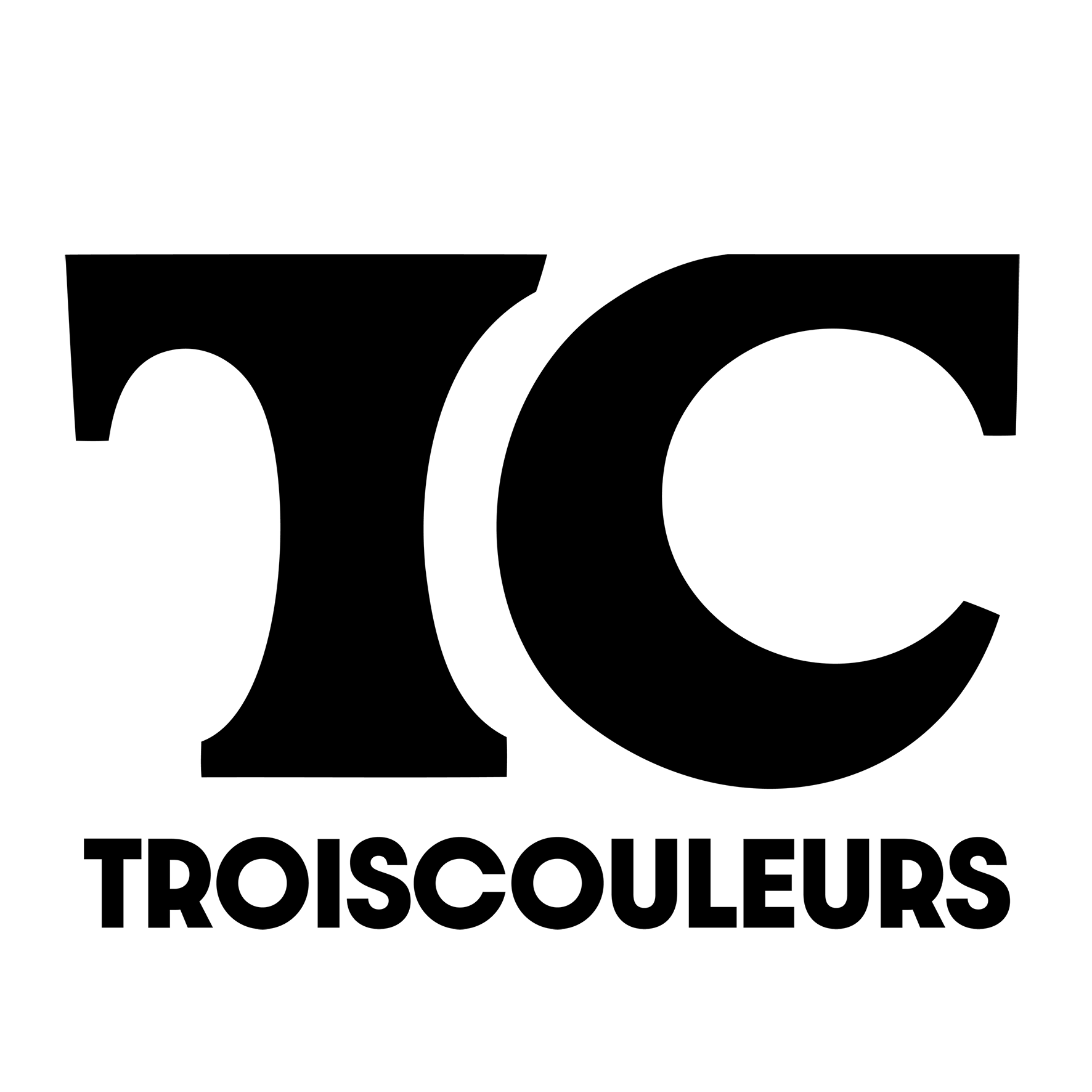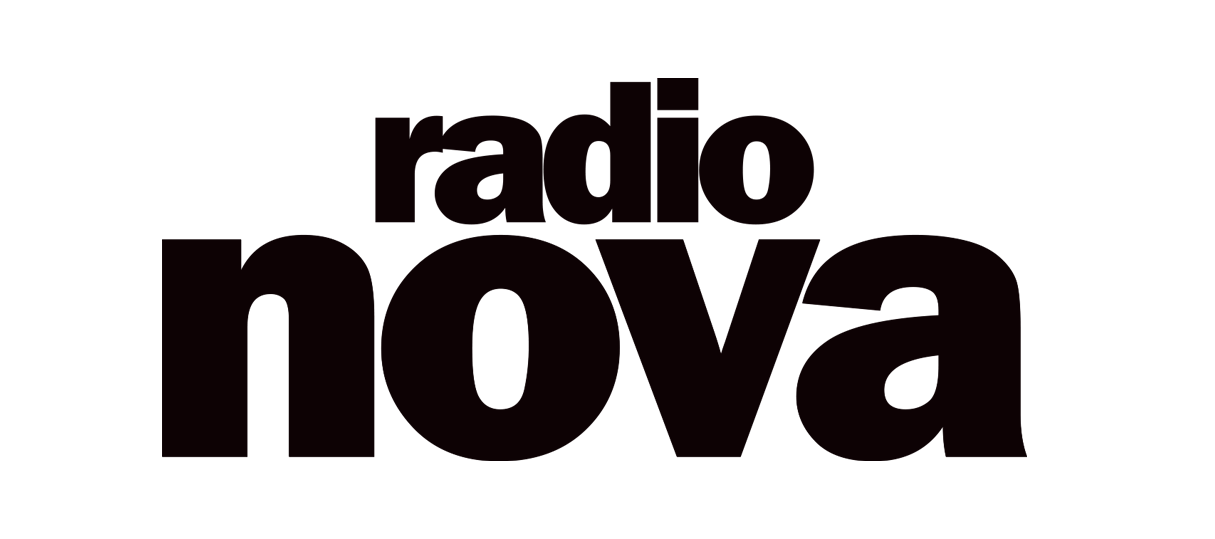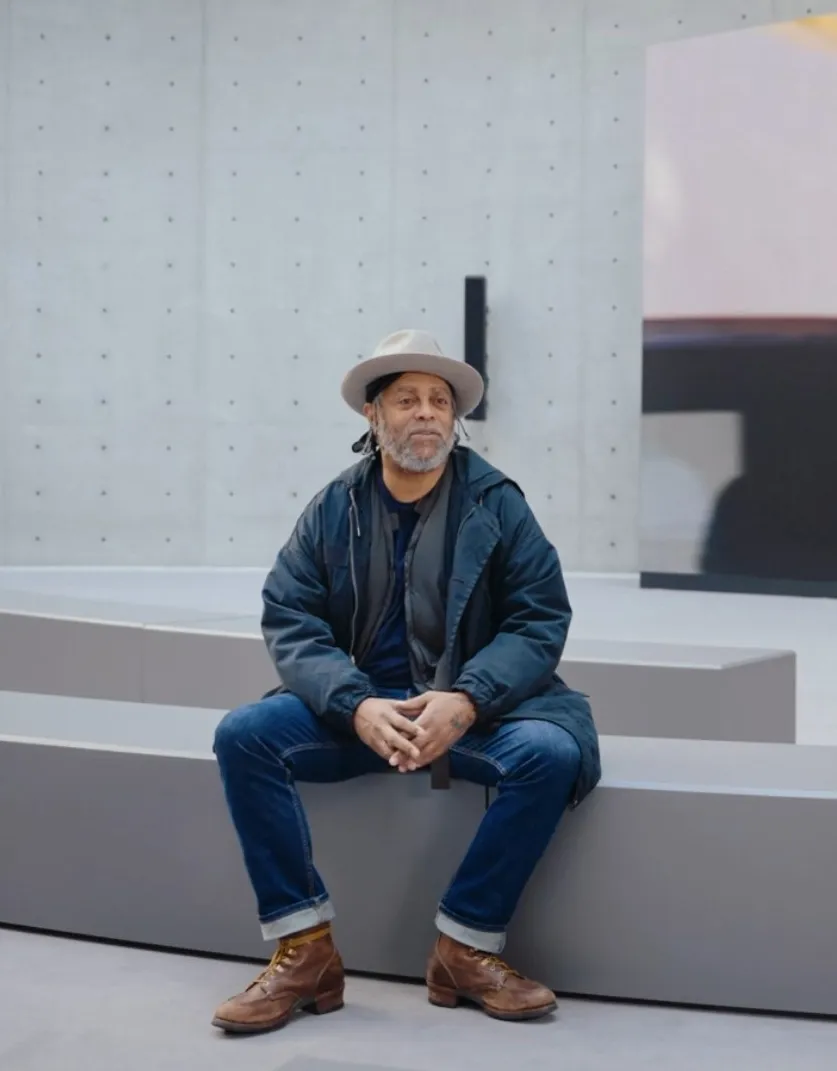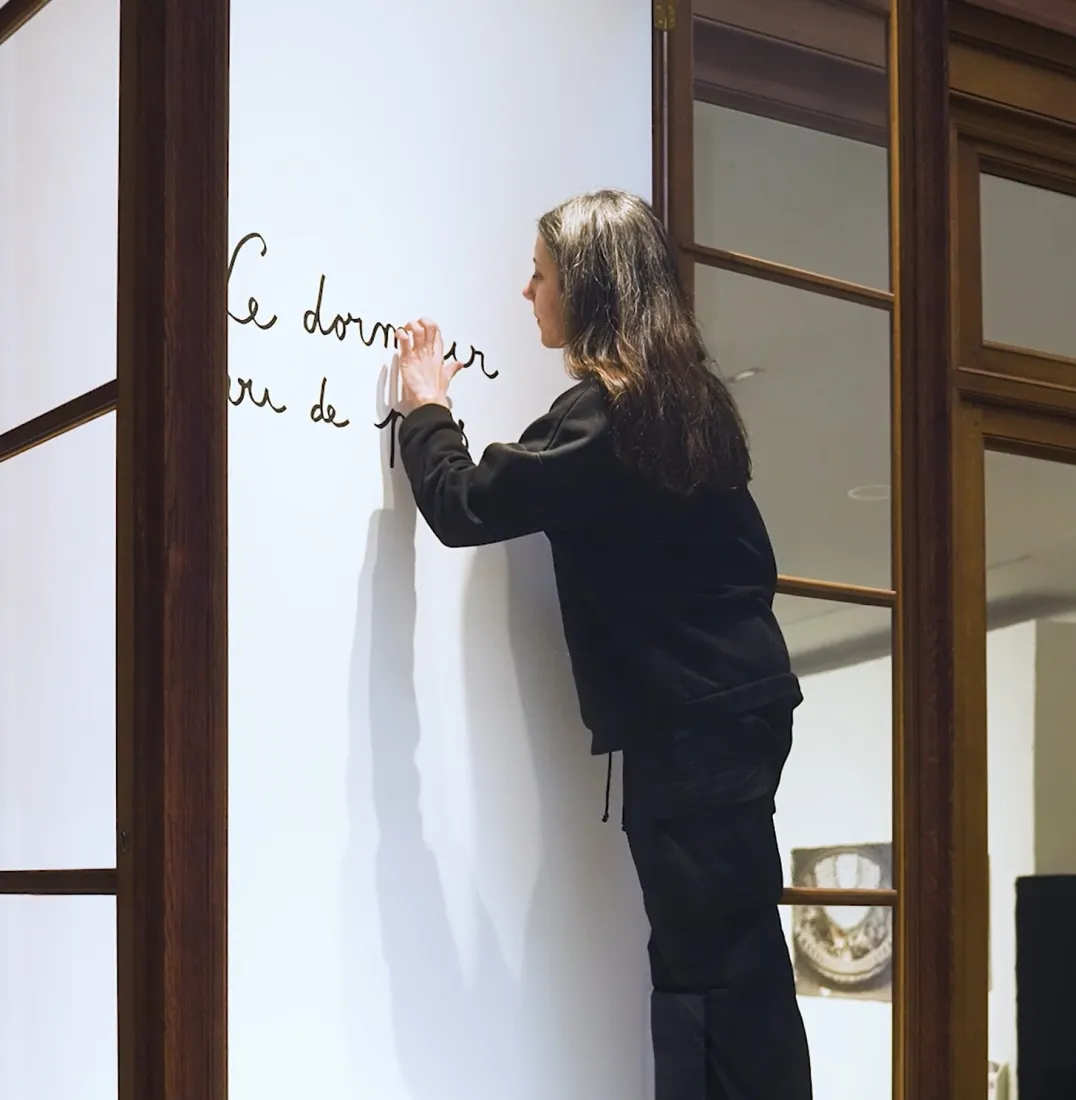Corps et âmes
until 25 August 2025
Buy a ticket
The Bourse de Commerce is drawing some one hundred works from the Pinault Collection to present the exhibition "Corps et âmes", an exploration of the representation of the body in contemporary art.
Opening hours
Open Monday to Sunday from 11:00 am to 7:00 pm
Late opening on Friday, until 9:00 pm
Closed on Tuesdays and May 1
Late opening every first Saturday of the month from 5pm to 9pm
Full rate : 15 €
Reduced rate : 10 €
Free entry with the Membership Pinault Collection card
Free entry without booking after 4 pm for Super Cercle members





















